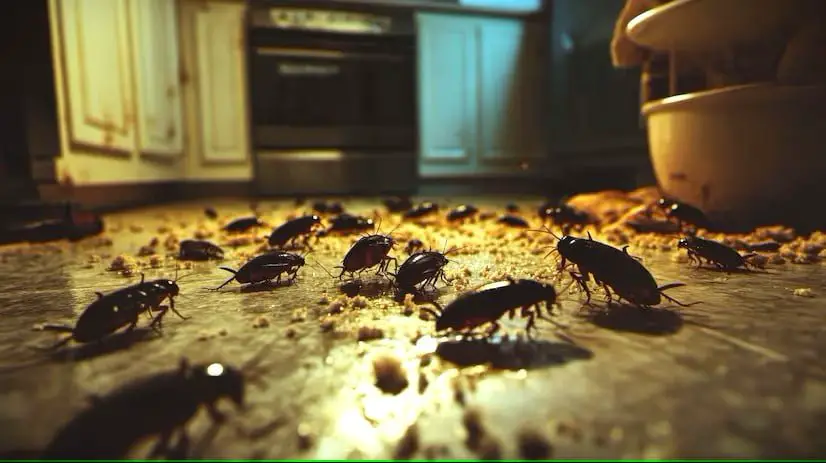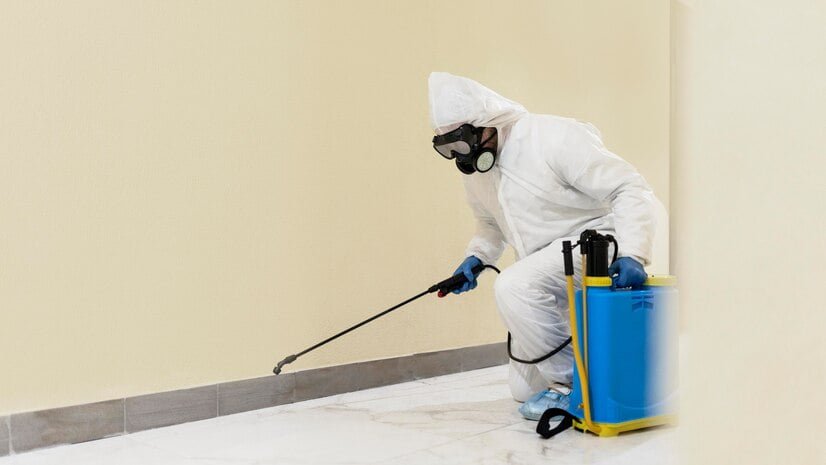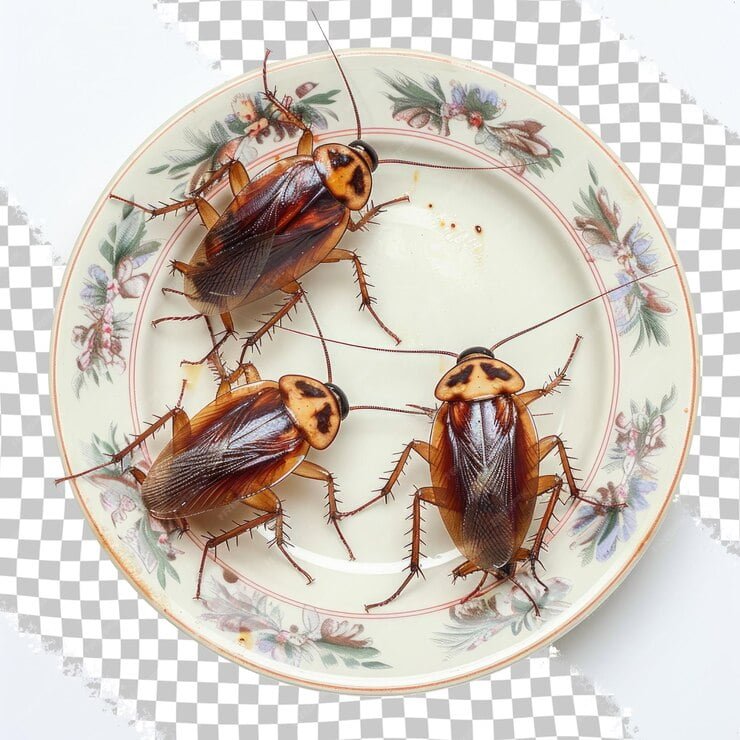Table of Contents
How to Get Rid of Roaches/Cockroaches

Introduction
Roaches, often seen as one of the most common household pests, can pose significant health risks and cause considerable discomfort. These flexible creatures are not only annoying to look at, but they can also spread diseases and cause allergies. This comprehensive guide aims to provide practical solutions for effectively eliminating roaches and preventing future infestations, ensuring your home remains safe and healthy.
Understanding the roach
Roaches are notorious for their tenacity and adaptability. Common species include the German cockroach, which is small, light brown, and thrives in warm indoor environments, and the American cockroach, known for its large size and preference for damp, dark areas such as basements and sewers. Both species can invade homes, but understanding their behavior and preferred environments can help you develop your extermination strategy.
Roaches are omnivores and will consume a wide range of food sources, from scraps to garbage. Their ability to survive on minimal resources makes them particularly difficult to deal with. Additionally, they are carriers of pathogens that can cause diseases such as food poisoning and respiratory problems. They also shed their skins and produce allergens that can aggravate asthma and other respiratory conditions.
Symptoms of Roach Infestation
Early identification of roach infestations is critical to effective management and eradication. Common symptoms of infection include:
- Droppings: Roach drops are small, black and cylindrical, resembling coffee grounds or black pepper. They are often found in areas where roaches are active.
- Egg cases: Roaches produce egg cases called oothecae, which are brown and oval in shape. These cases can be found in hidden places such as behind appliances or in closets.
- Shed skins: As roaches grow, they shed their skins, which can be found in areas where roaches are active.
- Musty smell: A persistent, unpleasant smell in areas like the kitchen or basement can indicate a roach infestation.
To confirm an infestation, inspect common roach hiding places, such as under sinks, behind appliances, and in dark corners. Use a flashlight to check these areas thoroughly.
Prevention of roach infestation

Prevention is the key to avoiding roach problems. Implementing the following strategies can help keep your home roach-free:
- Cleaning and Sanitation: Regular cleaning is essential. Avoid leaving food out, and clean up spills and crumbs immediately. Make sure kitchen counters, floors and eating areas are free of food debris.
- Sealing entry points: Roaches can enter through small cracks and crevices. Seal gaps around doors, windows and pipes to prevent their entry. Use caulk or weather stripping as needed.
- Management of food and water sources: Roaches are attracted to food and moisture. Keep food in sealed containers and dispose of garbage regularly. Fix any leaks and make sure there is no standing water in the sink or other areas.
DIY roaches control methods
For minor infestations, several DIY methods can be effective in controlling roaches:
- Boric Acid: Boric acid is a popular and effective roach killer. Apply it to areas where roaches are active, such as under sinks and behind appliances. It is toxic to roaches but is relatively safe for humans and pets if used properly.
- Diatomaceous Earth: This natural powder consists of fossilized algae and can dehydrate and kill roaches. Spray it in places where roaches are most likely to be seen, such as along baseboards and in cracks.
- Homemade Baits and Traps: You can make roach baits with a mixture of boric acid and sugar. Sugar attracts roaches, while boric acid kills them. Commercial traps are also available and can be placed in strategic locations to catch roaches.
- Essential oils: Some essential oils, such as peppermint, eucalyptus, and tea tree oil, have natural astringent properties. Mix a few drops in water and spray the solution on areas where roaches are commonly found.
Chemical treatment to get rid of roaches
When dealing with a major infection, chemical treatment may be necessary. Here is an overview of common chemical methods:
- Commercial roach baits: These baits contain slow-acting poisons that roaches carry back to their nests, where they poison other roaches. Install the toilet in areas where roaches are active for effective results.
- Insecticides and Sprays: Various insecticides are available that can kill roaches on contact. These sprays should be used as directed to ensure safety and effectiveness. Avoid excessive use to avoid potential health risks.
- Foggers: Also known as bug bombs, foggers release pesticides into the air to kill roaches. They are useful for treating large areas but should be used with caution and according to safety guidelines.
- Professional pest control
In the event of a severe infestation or when DIY methods are insufficient, hiring a professional pest control service is often the best option. Professionals have access to advanced treatments and can provide a comprehensive assessment of the infection. They will:
- Assess the situation: A pest control specialist will inspect your home to determine the extent of the infestation and identify the best treatment options.
- Apply treatment: Professionals use a combination of chemical and non-chemical methods tailored to your specific infection. This may include more potent pesticides and targeted therapies.
- Provide recommendations: After treatment, they will provide advice on how to maintain a roach-free environment and prevent future infestations.
Maintaining a roach-free home

Once an infestation is under control, maintaining a roach-free home requires continued effort:
- Regular cleaning: Continue to practice good cleaning habits. Clean and inspect your home regularly for signs of roaches.
- Monitor for new infestations: Watch for any new signs of roaches. Early detection is crucial for effective management.
- Enforce precautions: Continue to use safety measures such as sealing entry points and managing food and water sources.
Conclusion
Dealing with roach infestations requires a multi-pronged approach, including proper sanitation, prevention and control practices. By understanding roach behavior, recognizing the signs of an infestation, and implementing effective strategies, you can successfully eliminate roaches from your home and prevent future problems. Remember, consistency and regular maintenance are the keys to keeping your home safe and roach free. Read More


Thanks for sharing. I read many of your blog posts, cool, your blog is very good.
Bundle of Thanks for your appreciation
Your point of view caught my eye and was very interesting. Thanks. I have a question for you. https://accounts.binance.com/pt-BR/register-person?ref=YY80CKRN
Can you be more specific about the content of your article? After reading it, I still have some doubts. Hope you can help me.